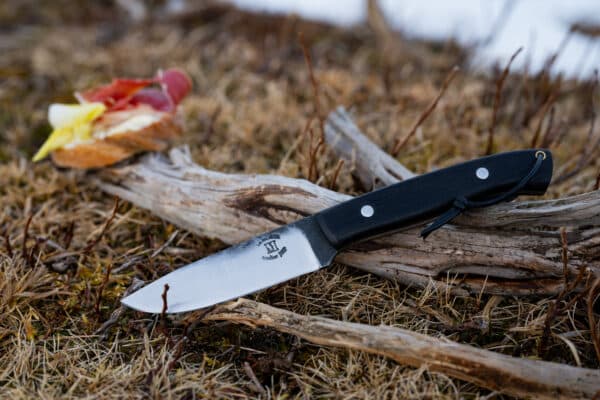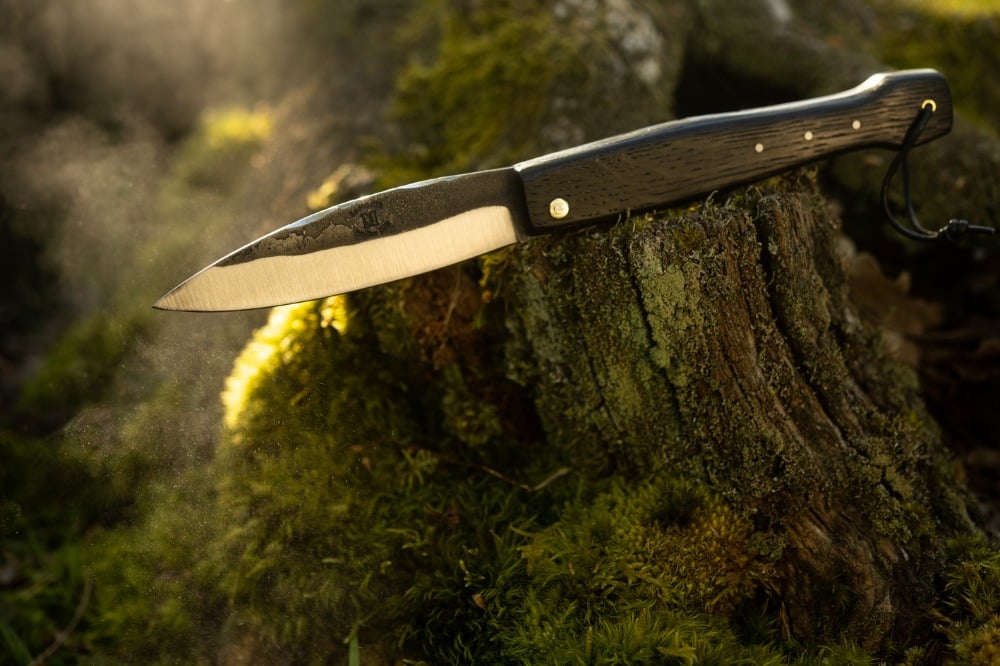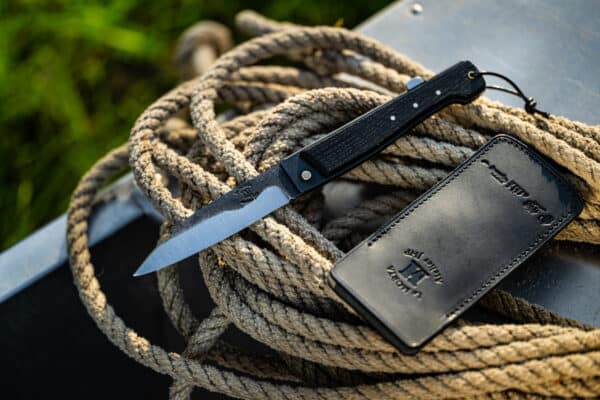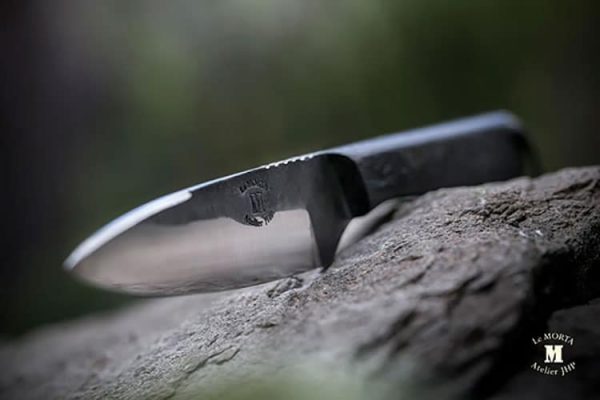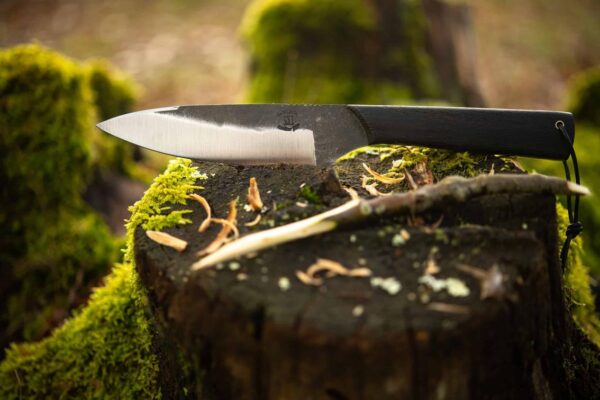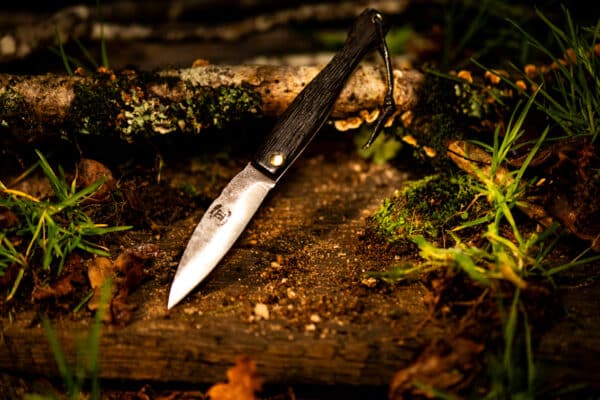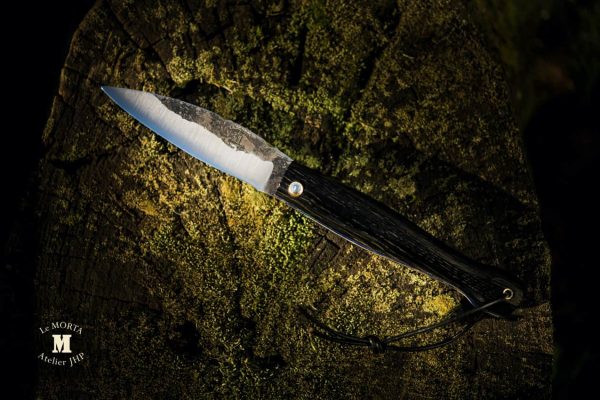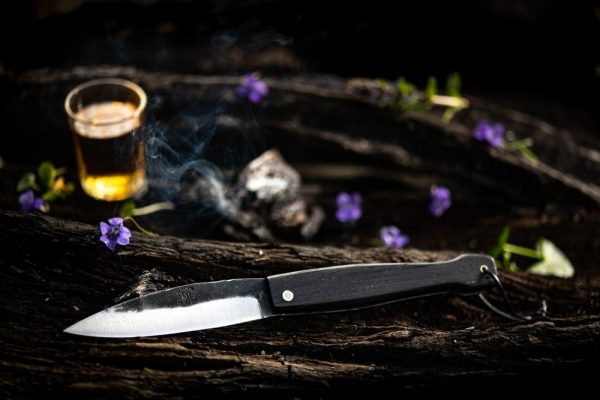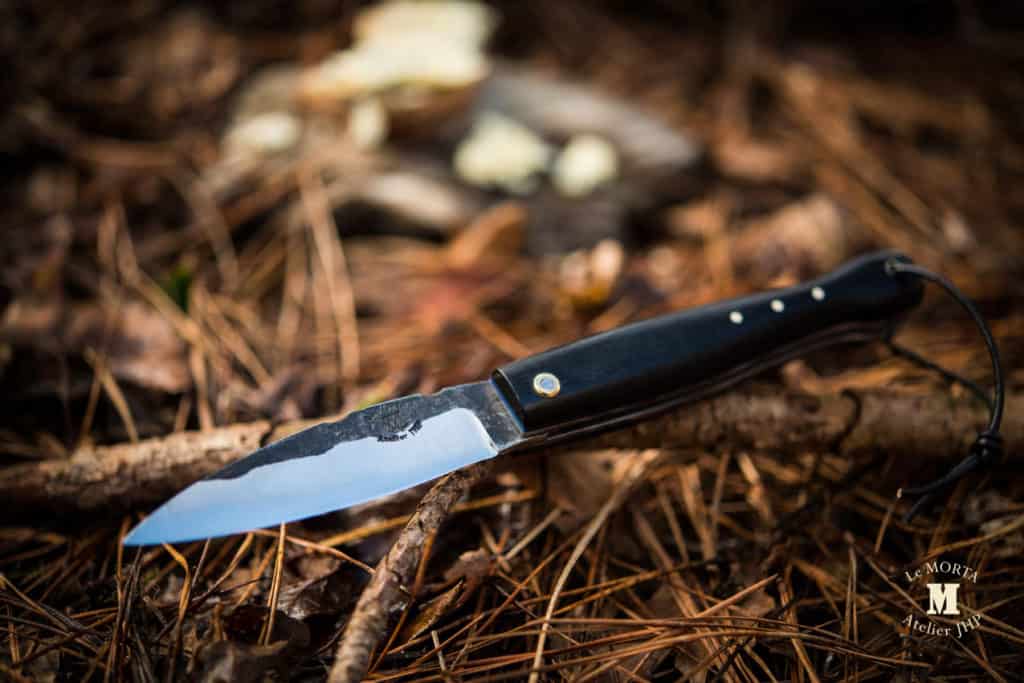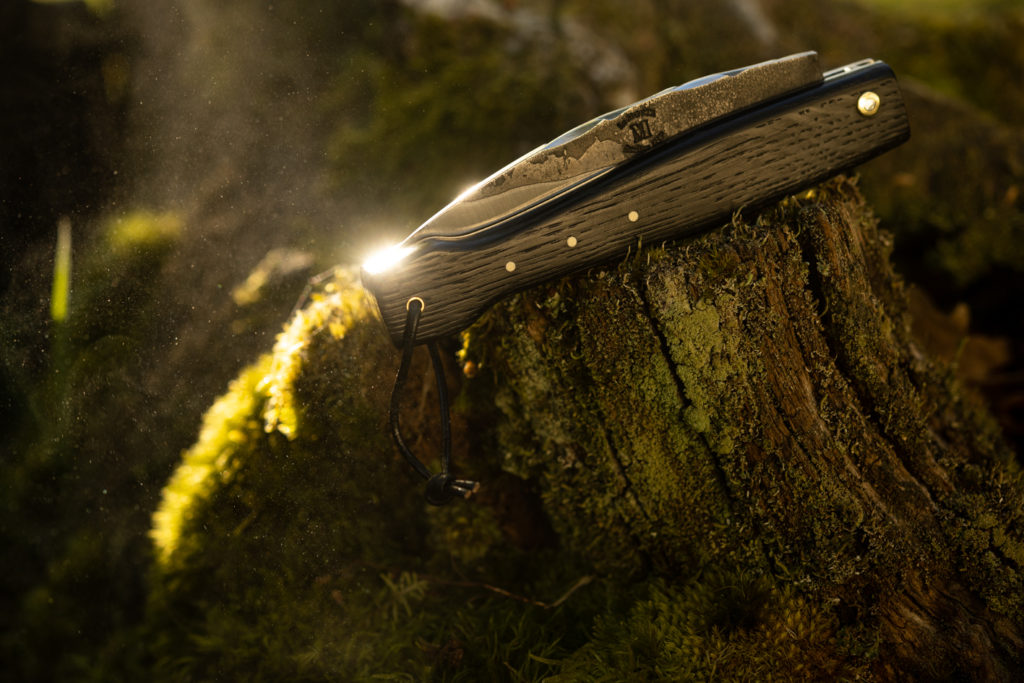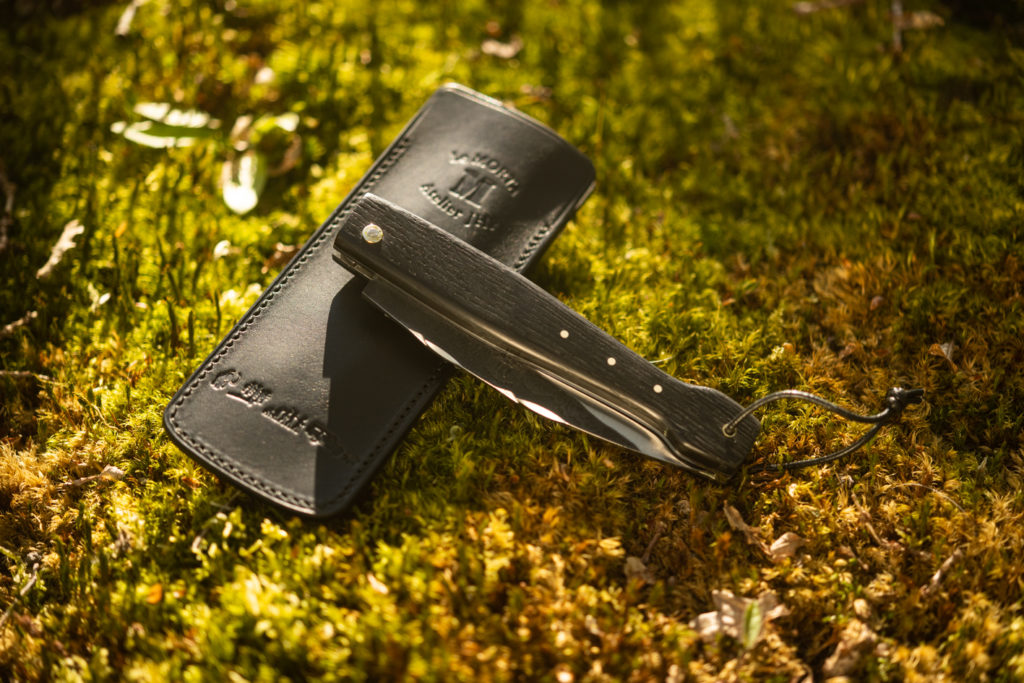Cold or hot forging ? The verb ‘to forge’ refers to the metal’s deformation at both high and low temperature. A craft dating back to the discovery of metal, rendered popular in the Middle Ages. Weapons, jewellery, statues and currencies passed through the blacksmith’s hands. After crushing the mineral, he melted it in a furnace with the aid of bellows, beat and hammered it and recast it. He then added other components to it. For instance, bronze comes from adding tin and copper.
Did you know ? The Eiffel tower is made of wrought iron using the puddling technique.
